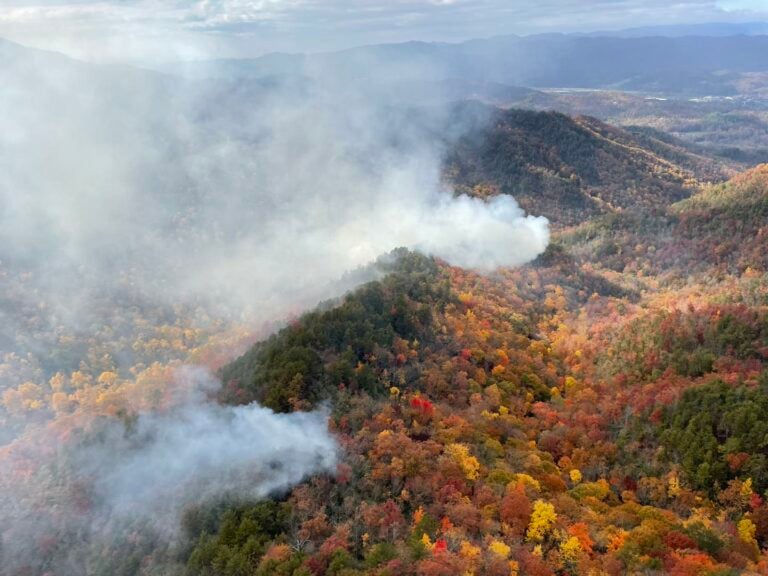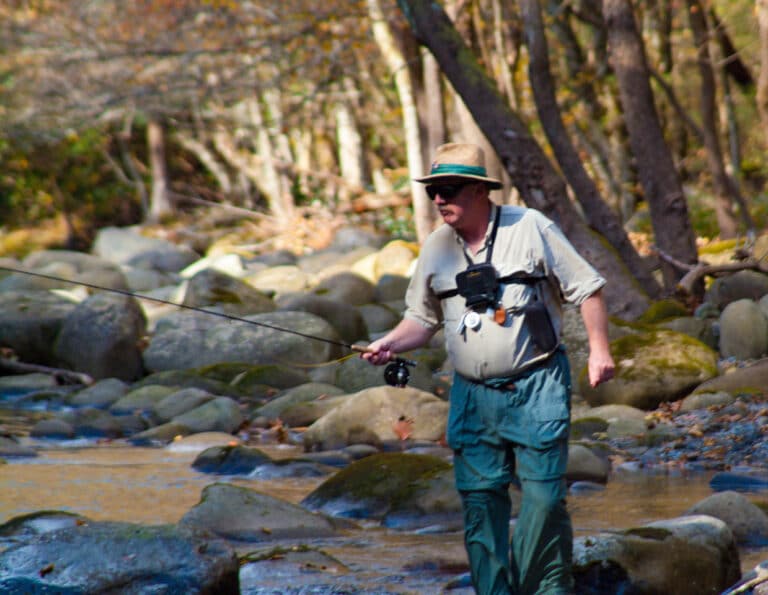Meet the indigenous Tarahumara in Asheville this month
Mickey Mahaffey should be dead. A few years ago, he was hiking in Mexico’s Copper Canyons—four river-carved chasms each deeper than the Grand Canyon. This is wild, lawless terrain. Narco mafias with AK-47s prowl the canyons guarding their opium plantations and forcing indigenous Tarahumara into indentured servitude. Many in the canyons have been killed or disappeared, and recently, an elected leader was beheaded and two Jesuit priests were executed.
But it wasn’t the narcos that threatened Mickey’s life. It was his own ticker.
Mickey—a gringo from North Carolina—had been living among the Tarahumara for two decades. He lived almost as simply as the Tarahumara, sharing a dirt-floor adobe hut and growing much of his own food with them. He even wore Tarahumara huaraches—primitive sandals made from used tire tread and strapped to his feet with goat leather.
Mickey also served as an unofficial ambassador for the Tarahumara. He spoke Spanish, English, and even some of their traditional language. He raised money in the States to help fund basic food and water projects for the Tarahumara living in the canyons.
Mickey had trekked across the canyons and arrived in an indigenous village where some of the world’s greatest runners lived. Among them was Arnulfo Quimare, the champion of the Caballo Blanco 50-Miler made famous by the 2009 national bestselling book Born to Run. Arnulfo—a goat herder wearing hand-made sandals and a loincloth—had defeated a field of elite international ultrarunners, including seven-time Western States 100 champion Scott Jurek.
It was high noon and nearly 100 degrees when Mickey arrived in the Tarahumara village, and soon after arriving, he felt his chest tighten. He broke into a cold sweat, and the pressure in his chest spread throughout his body. He labored to breathe and collapsed, head swirling in and out of blackness. Mickey was having a heart attack.
Mickey could not have been farther from an emergency room. He was on the rim of the most remote canyon on the North American continent in an indigenous village with no electricity or running water. The Tarahumara quickly produced an emergency ambulance—a rusted wheelbarrow. They scooped him into the wheelbarrow and began rolling him toward the nearest road miles away. Mickey’s wheelbarrow bounced and jounced over rocks that lined the overgrown trail. Tarahumara women ran alongside carrying a blanket to shield him from the sun.
Mickey eventually made it to a road and a hospital just in time.
“The Tarahumara saved my life,” Mickey says today. Even Mickey’s cardiologist agrees. He told Mickey afterward that the bumpy wheelbarrow ride probably jolted his failing heart long enough to make it to the hospital.
Now Mickey hopes to return the favor. He and the Copper Canyon Alliance are bringing six Tarahumara leaders to the United States, including musicians, activists, and champion runners. They will spend a week in Asheville, N.C., from May 28 to June 4 and race in the Flying Squirrel 10 Miler on June 1. Proceeds from the race will benefit the Tarahumara.
Reyes Satevo will be one of the indigenous Tarahumara runners competing in the Flying Squirrel. Satevo was crowned Mexico’s 2022 Backyard Ultra national champion, and last year he ran 279 miles in 69 hours as part of the Big Backyard Ultra World Championships.
Also running is Veronica Palma, a champion ultrarunner who ran a 335-mile relay from Las Vegas to Los Angeles last month with four other indigenous runners.
The Tarahumara have become widely recognized as some of the world’s greatest endurance athletes and were recently highlighted in the ESPN documentary The Infinite Race. The Tarahumara are especially skilled at running ultra long distances. Their traditional races often span hundreds of miles and last for days.
“Ten miles is way too short for Veronica, Reyes, and most Tarahumara runners,” says Mickey. “They excel in longer distances, but they will still be competitive. More importantly, this is a once-in-a-lifetime opportunity for anyone to run alongside the world’s greatest endurance athletes and interact with leaders of a remote indigenous culture,” Mickey says.
You don’t have to be a runner to soak in the experience. Among the Tarahumara visiting Asheville is concert pianist Romeyno Gutierrez, poet and musician Martin Makawi Cruz, community leader Catalina Motochi, and singer and indigenous rights activist Irma Chavez. Before and after the race, they will perform concerts and speak at events across the region.
You don’t need to speak Spanish either. Translators from Hola Carolina will be present at all events to keep the conversations flowing.
The Tarahumara have survived for millennia in their ancestral canyonlands, in part because of their running ability. When conquistadors invaded the North American continent, many indigenous cultures resisted and were wiped out, but the Tarahumara chose flight over fight. They ran deeper into the canyons and mostly evaded the conquistador massacres. They are one of the few indigenous people to have kept their lands and culture relatively intact.
However, today the Tarahumara are once more running for their lives. A prolonged drought has devastated the canyons, and many Tarahumara farmers have lost their corn and bean crops. Through their visit to the States, the Tarahumara hope to raise funds for their communities suffering from drought and food shortages.
Cover photo by the author.








